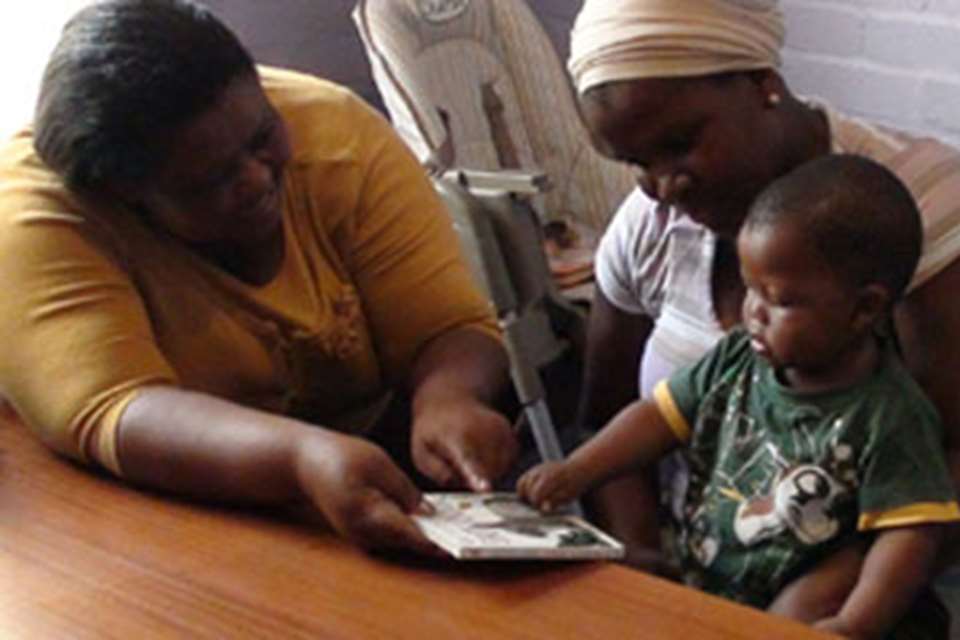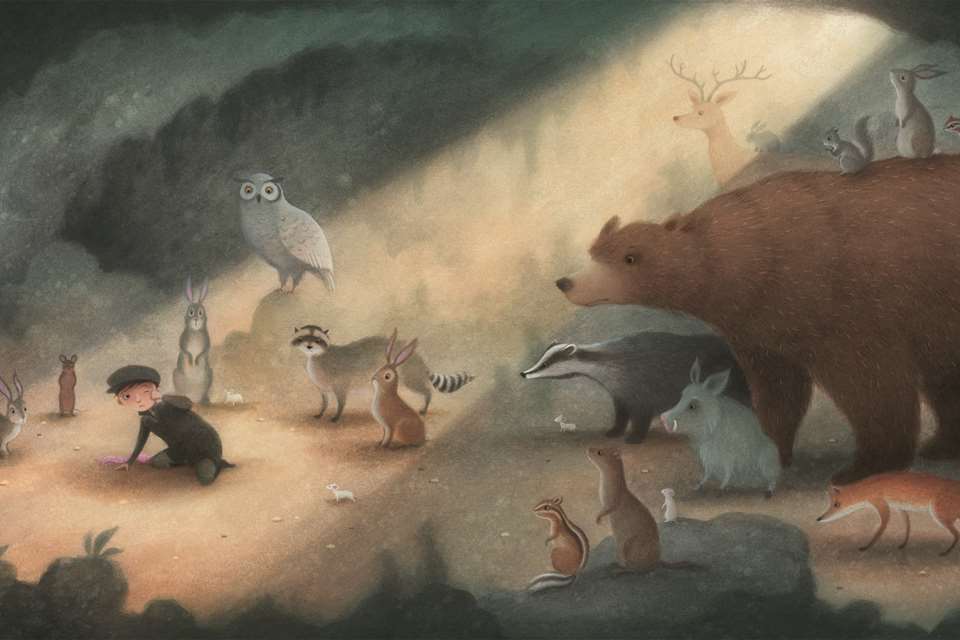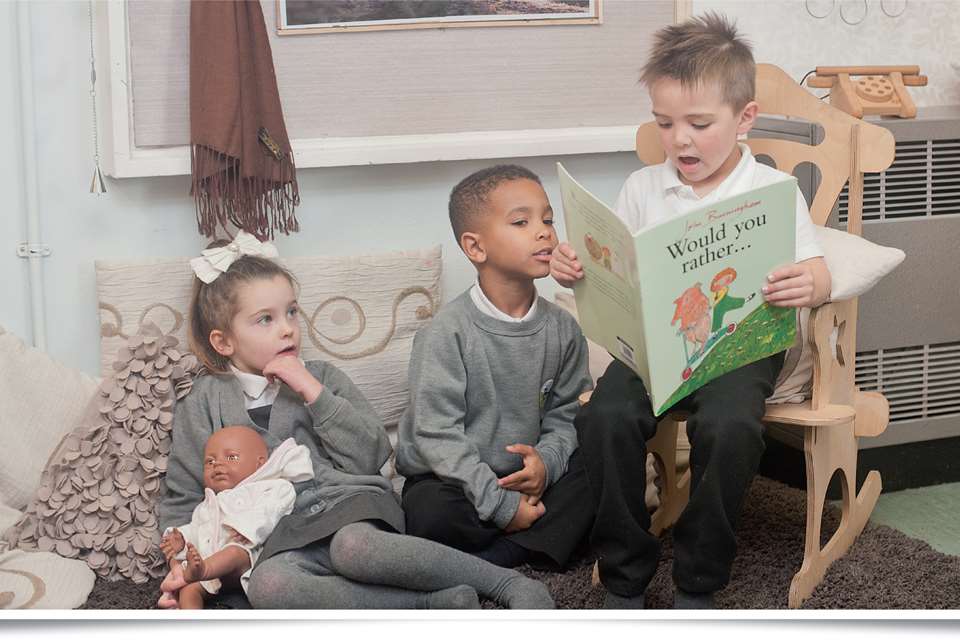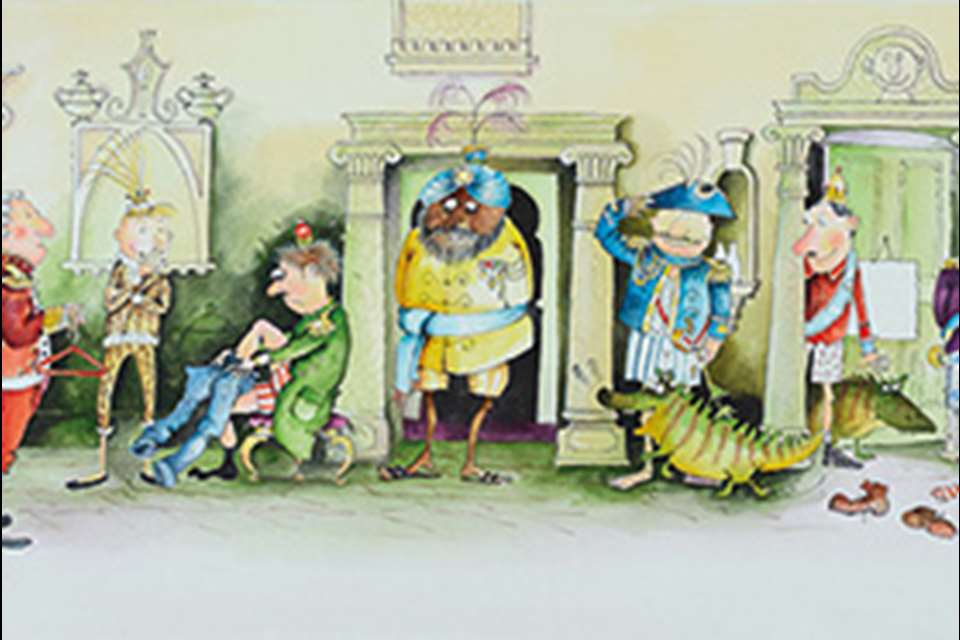Picturebooks: part 2 - No fear?
Andy McCormack
Monday, February 3, 2020
Picturebooks offer children safe spaces in which to develop an understanding of their own and other’s emotions, says Andy McCormack
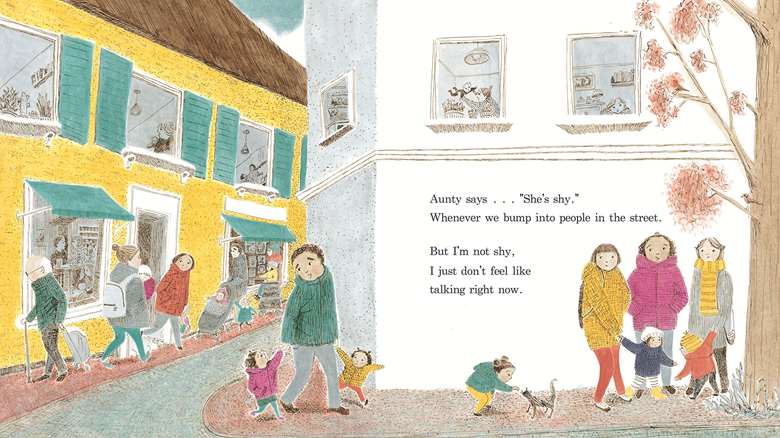
It is perhaps surprising that the literary success of 2019 was Charlie Mackesy’s The Boy, the Mole, the Fox and the Horse. The Sunday Times and New York Times bestseller and Waterstones Book of the Year is, after all, a picturebook.
Although designed for a more mature audience than pre-school children, it is yet another sign of the enduring power of the picturebook to deal with profound themes and speak in the language of feeling and emotion so often absent from the rest of our busy lives.
It is also a confirmation of what has long been neglected in literary circles: that the picturebook is the natural genre for readers (of all ages) to reflect on their own and others’ emotional experience.
PICTUREBOOKS AND EMOTION IN THE EYFS
Positive Relationships in the EYFS is underpinned by the principle that ‘Children learn to be strong and independent through positive relationships’.
In practice, this is achieved by practitioners being ‘sensitive and responsive to the child’s needs, feelings and interests’, providing ‘stimulating resources’ and offering ‘support for children to take risks and explore’ within an enabling environment.
‘Making relationships’ is a goal within Personal, Social and Emotional Development, as is ‘Managing feelings and behaviour’. Among its advice for supporting children’s understanding of feelings and relationships, Development Mattersadvocates that settings:
‘have resources including picture books and stories that focus on a range of emotions’ for children from eight months old
‘help young children [from 16 months] to understand the feelings of others by labelling emotions such as sadness or happiness’
‘choose books…that help children [from 30 months] explore their ideas…and talk about feelings’.
What is of enormous significance is the quality of the resources used.
THE EMOTIONAL BRAIN
What teachers have long known experientially, and is enshrined in EYFS best practice, is now being backed up by academic research.
As early as 2003, researchers Evelyn Arizpe and Morag Styles were drawing attention to their evidence that children otherwise not especially fluent in phonic literacy were often ‘capable of subtle and engaged analysis of visual texts within an enabling environment:
with an interested, experienced reader who listens carefully to their responses and gives them time to think
in a situation where the emphasis is on talk and image rather than written text and writing
where carefully constructed questions supportively challenge their thinking
through the facilitating process of talking in a focused yet open-ended way with peers and a teacher/researcher with high expectations of what the children could achieve
using a text that is intellectually, affectively and visually interesting and that motivates engagement and scaffolds learning’.
More recently, Maria Nikolajeva has drawn on cognitive theory to evidence the special power of the picturebook which, as a result of its relationship between words and pictures in ‘meaning-construction’, is ‘particularly beneficial for “the emotional brain”’ in supporting ‘affective development’ – that is, a person’s capacity to experience, recognise and express a range of emotions and respond appropriately to others’ emotional cues.
Ms Nikolajeva, like Mses Arizpe and Styles, stresses the importance of using high-quality, engaging or ‘complex’ picturebooks, scaffolded by sensitive adult support, in developing emotional literacy.
EMPATHY
EmpathyLab is a fantastic organisation which champions literature as the perfect site for developing empathy in young readers, and skills in teachers in doing so confidently and effectively. Whereas most early years practitioners might be familiar with the concept of theory of mind, by which very young children gradually come to understand how others think, empathy is the understanding and appreciation of how others feel. EmpathyLab describes empathy as being made up of three elements:
‘Feeling (where we resonate with other people’s emotions).
Thinking (where we use reason and imagination to work out how someone else feels).
Acting (where we are inspired to help others, having experienced what they’re feeling).’
EmpathyLab’s focus on using storytime as a springboard for championing greater emotional literacy is of importance not only to individual cognitive development but as a stimulus, too, for building a community of more caring and compassionate young readers who will go out and share what they have learned at nursery or school in the wider world.
EmpathyLab’s helpful teaching resources include an annual reading list recommending picturebook titles (new and classic), which can foster empathy at storytime and beyond (see box, left).
CHALLENGING EMOTIONS
That picturebooks should provide such a potent site for thinking about our feelings, when they rely more on images than words to convey their meaning, is interesting given we often feel our emotions have to be verbalised in order to be processed and understood.
However, adult explanations of feelings within the isolated space of a one-to-one conversation with a child are rarely meaningful. Likewise, encouraging young children to verbalise their emotions is often a bewildering, and daunting, experience for the child, who might not even know how they are feeling and will almost certainly lack the sophisticated and embedded vocabulary required to articulate their emotions. Picturebooks, in contrast, can allow children to see their experiences and emotions reflected visually, within a cohesive narrative more reflective of real life and its attendant ups and downs.
Allowing children to ‘sit with’ a visual text to process and recognise their emotions, rather than through an adult explaining them, can provide an empowering shift for children to experience their emotions in a supported way.
Ms Nikolajeva notes that ‘a young child who smiles seeing a happy face in a picturebook, or starts moving at the sight of a fictional character running and jumping, who cries over a picture of a dead animal or shudders at the gaping jaws of a giant dinosaur, is truly experiencing the emotions as if they were real’.
Revisiting emotive experiences through visual texts can make them feel real again. Working through, discussing and understanding the feelings they generate in the safe and supported environment of the nursery, however, can be a healthy way for children to come to terms with their emotions.
GRIEF AND DEATH
Ms Nikolajeva notes, too, that ‘the danger’ posed by powerful emotions in picturebooks ‘threatens fictional characters rather than readers’. Sensitive shifting of talking about real, lived experience to the fictional sphere provided by the picturebook can also shift children’s emotional engagement with challenging feelings into a more healthy, contained domain. Thus, explains Ms Nikolajeva, ‘readers should be able to read the character’s fear even if they do not experience the same emotion when looking at the image, or to understand that the character is sad without feeling distressed themselves’.
One of the most challenging experiences I encountered in my own Reception classroom was facilitating discussion about children’s own experiences with death and grief. One little boy’s dad had passed away when he was a baby, and his mum’s remarrying caused him to wonder about the processes of dying – a conversation which sparked the interest of his peers who had lost grandparents, relatives, family friends and pets.
In managing these conversations, the practitioner requires sensitivity in speaking about the life cycle knowledgeably and honestly, while responding to the children’s emotions (and managing their own).
Judith Kerr’s beautiful Goodbye Mog – in which Mog the cat dies – provided a space for the children to reflect on death and grief, and served to introduce a shared vocabulary for expressing their feelings about these common and natural experiences, through saying goodbye to a familiar and well-loved character.
I would also recommend reading this book once or twice at home before sharing it at storytime to facilitate these conversations – as with all stories dealing with sensitive topics. Adult practitioners as well as the children in the room found the story very moving!
Reading for empathy

Among EmpathyLab’s 2020 ‘Read for Empathy’ Picturebooks are:
Lubna and Pebble by Wendy Meddour and Daniel Egnéus
Super Duper You by Sophy Henn
The Rabbit Listened by Cori Doerrfeld
The Truth About Old People by Elina Ellis
It’s a No-Money Day by Kate Milner
When Sadness Comes to Call by Eva Eland
I Do Not Like Books Anymore! by Daisy Hirst
The Steves by Morag Hood
Ravi’s Roar by Tom Percival
No Longer Alone by Joseph Coelho
Reading in sad times

Stories dealing with death and grief include:
Mum’s Jumper by Jayde Perkin
Goodbye Mog by Judith Kerr
Michael Rosen’s Sad Book by Michael Rosen and Quentin Blake
Missing Mommy by Rebecca Cobb
The Heart in the Bottle by Oliver Jeffers
The Dark by Lemony Snicket and Jon Klassen
MORE INFORMATION
- For the full 2020 reading list and resources visit: www.empathylab.uk
Andy McCormack is an early years teacher studying for his PhD at the Centre for Research in Children’s Literature, University of Cambridge
Download Now

